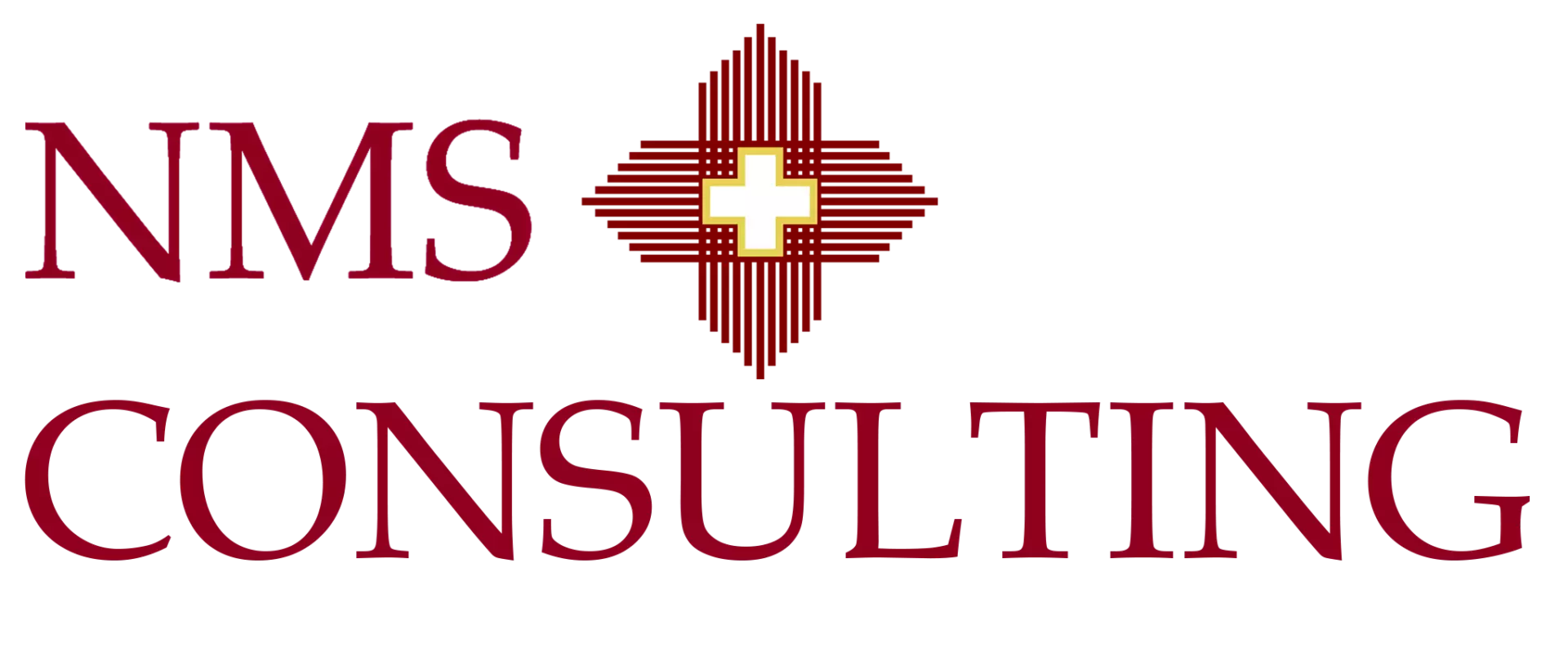Changes in Business: Practical Change Management

Changes in Business article
Markets, technology, and customer expectations now shift faster than many organizations were built to handle. Changes in Business are no longer rare events. They are regular cycles that affect strategy, operations, people, and capital. The leaders who treat change as a managed discipline, not a one time push, are the ones who protect value and find new growth.
Change is the normal state
Strategy resets, digital programs, mergers, and restructuring are now constant features of business life. Treating Changes in Business as rare shocks leads to fatigue, confused priorities, and missed targets.
Execution still lags ambition
Research from advisers such as McKinsey often notes that a large share of major change programs fail to meet their goals. The obstacle is less about ideas and more about sustained execution, sponsorship, and adoption.
People decide whether change sticks
Studies by groups such as Prosci show that projects with strong change management are several times more likely to meet objectives. The way leaders engage teams is just as important as project plans and technology choices.
What are Changes in Business
Changes in Business describe significant shifts in how a company competes, operates, and organizes work. They can be planned, such as a new operating model, or driven by outside forces, such as regulation or a new competitor.
Typical features of Changes in Business include:
- Clear impact on strategy, customer experience, financials, or risk profile
- Noticeable adjustments to structures, processes, or technology
- New expectations for how leaders and teams behave day to day
- Time bound milestones and investment that require active steering
Small tweaks happen every week in healthy companies. Changes in Business usually refer to shifts large enough that they demand a managed plan, senior sponsorship, and a focus on adoption, not just installation.
Why Changes in Business are accelerating
Several forces are combining to increase both the pace and variety of business change.
- Technology and AI
Automation, data platforms, and generative AI are changing how work is done, which roles are needed, and how customers interact with products and services. - Customer and stakeholder expectations
Clients expect fast, digital access paired with personalized treatment. Investors and regulators are increasing attention on topics such as climate, privacy, and conduct. - Market structure
New entrants, private equity ownership, and global supply chains create pressure to revisit portfolios and cost structures more often. - Workforce shifts
Hybrid work, skills shortages, and demographic change all influence how companies design roles, career paths, and locations.
The result is that many organizations now run several major change initiatives at once. Without a clear way of handling Changes in Business, staff experience constant disruption while leaders struggle to see which projects are actually creating value.
Main types of Changes in Business
Different patterns of change call for different tools and leadership styles. Below are several common categories that leaders should recognize.
Strategic and portfolio change
Strategic change affects where and how a company chooses to compete. Examples include entering new markets, exiting non core lines of business, or shifting focus from volume to margin. This often requires a new mix of offerings, partners, and capital allocation.
Operational and process change
Operational change targets how work flows across teams. Typical moves include shared service design, lean process redesign, supply chain changes, or new performance routines on the shop floor or in back offices.
Digital and technology change
Digital change covers new systems, data platforms, automation, and AI enabled tools. These shifts can deliver speed and insight, yet they only succeed when people understand how daily work will change and have the skills and support to use new tools.
Organizational and people change
People focused change includes new leadership teams, fresh ways of working, cultural shifts, or new incentive schemes. These moves often bring the highest risk because they affect identity, careers, and trust.
Regulatory and risk related change
New laws, accounting rules, or industry standards can force rapid responses. In many sectors, risk and compliance projects form a significant share of the change agenda and require careful coordination with front line teams and customers.
Common pitfalls that derail change
Many changes in business fail for the same repeatable reasons. Recognizing these patterns early helps leaders avoid wasted energy and budget.
- Unclear case for change
Staff never hear a simple explanation of what will change, why it matters, and what success looks like. Without this, rumors fill the gap. - Weak sponsorship
Senior leaders announce a change but do not model the new behaviors, show up in key meetings, or remove blockers when teams raise issues. - Change fatigue
Teams are asked to absorb multiple initiatives on top of day jobs. They see new slogans each quarter, while last year’s program quietly fades. - No clear ownership of the people side
Project teams focus on scope, cost, and schedule. No one owns communications, training, stakeholder engagement, and adoption metrics. - Limited measurement
Leaders see activity updates, yet they lack a short scorecard that shows adoption and business impact.
When these issues combine, staff experience change as a series of short campaigns rather than a consistent way of moving from one state to another.
A practical approach to managing Changes in Business
Leaders cannot remove change, but they can make it more predictable and less painful. A practical approach to Changes in Business often includes the steps below.
-
Clarify the problem and outcome
State the business problem in plain language. Define a small set of measurable results, such as revenue, margin, risk, or employee experience, and how they should improve over time.
-
Map who is affected and how
Identify the roles, teams, and external partners that will see their work change. Describe what will be different for each group. This guides communications, training, and risk planning.
-
Build a joint plan for project and people work
Combine technical tasks, such as system build or process design, with people related tasks, such as sponsor coaching, manager toolkits, and training. Treat adoption milestones as equal to project milestones.
-
Set up a regular cadence
Hold short, focused meetings that track both progress and adoption. Agree up front how decisions will be made, how issues are escalated, and how changes in scope are handled.
-
Run pilots and protect early wins
Test change in a few areas first. Use the results to improve the plan, prove value, and build support. Share stories from early adopters, not just slides.
-
Anchor new habits
Update role descriptions, scorecards, incentives, and training materials so the new way of working becomes the default rather than an extra task.
How to measure whether change is working
Good measurement creates focus and helps protect teams from constant resets. For Changes in Business, three groups of indicators tend to be useful.
Business results
- Revenue growth, margin, or cost savings tied directly to the change
- Customer satisfaction, churn, or net promoter scores
- Risk indicators such as errors, incidents, or audit findings
Adoption and behavior
- Use of new systems or processes compared with the old approach
- Completion of training and coaching, by team and role
- Results from short pulse surveys on understanding and confidence
Capacity and health
- Number of major initiatives hitting each group at the same time
- Overtime, attrition, and sick leave trends in affected teams
- Feedback on workload, stress, and clarity from manager check ins
Leaders should see these metrics regularly, not only at the end of a program. That makes it easier to adjust scope, pace, or support before people disengage.
How NMS Consulting supports Changes in Business
NMS Consulting works with clients that are facing Changes in Business across strategy, operations, digital, and organization through services such as
Change Management Services,
Business Transformation Consulting, and
Strategic Management Consulting.
Core features of the NMS approach include:
- Starting with a clear value case and a short list of moves that matter most
- Combining change management, project management, and financial tracking in one view
- Equipping sponsors, leaders, and managers with concrete scripts and routines
- Using dashboards that show both project progress and people adoption
- Drawing on global experience across sectors while tailoring work to local rules and culture
NMS also publishes articles on change topics, such as
What is Change Management Consulting,
Utilizing Change Management for Business Success, and
Guiding Businesses Through Change Management.
These pieces share lessons that can help leaders navigate Changes in Business with more confidence.
When leaders should seek outside support
External advisers are not a replacement for internal leadership, yet they can accelerate progress and de risk major moves. It is worth considering help when:
- Several major initiatives overlap and leadership lacks a single view of value, risk, and capacity
- Previous change efforts stalled or produced mixed results
- There is no clear owner for change management or no common method across projects
- Board members, investors, or regulators are asking for greater assurance on delivery
- Internal teams are stretched and need temporary support, playbooks, or analytics to move faster
By combining internal knowledge with outside experience in change, strategy, and execution, organizations can treat Changes in Business as planned investments rather than repeated emergencies.
FAQ on Changes in Business
What does the term “Changes in Business” really cover?
It covers material shifts in how a company competes, operates, or organizes work. That includes strategy resets, operating model changes, digital programs, mergers, restructurings, and large regulatory responses. The common thread is that they affect many people and require active steering over time.
Why do so many business change programs fail?
Common causes include unclear goals, weak sponsorship, insufficient stakeholder engagement, and a focus on technical delivery without equal attention to the people side. When staff do not understand what is changing, have little voice, or lack training, they often keep old habits even if new tools are in place.
How can leaders reduce change fatigue during constant Changes in Business?
Leaders can reduce fatigue by limiting the number of simultaneous initiatives per team, coordinating timelines across functions, and giving managers simple, repeatable messages. Regular listening, visible trade offs, and clear priorities help staff see that their time and energy are respected.
What is the difference between change management and project management?
Project management focuses on scope, cost, and schedule for technical delivery. Change management focuses on people, including awareness, desire, knowledge, and reinforcement. Both are needed. When they work together, organizations are far more likely to meet objectives and realize benefits.
When should a business involve a change management consultant?
It is helpful to involve a consultant early, when shaping the case for change and planning the portfolio. Consultants can help test goals, design governance, prepare leaders, and build a practical plan for adoption before large amounts of time and money are committed.
Talk to NMS Consulting
If your organization is facing significant Changes in Business, early dialogue can help you clarify goals, protect people, and turn plans into results.
To learn how NMS Consulting can support your change and transformation agenda, review our Change Management Services and Business Transformation Consulting pages or contact us to schedule a discussion with our team.



